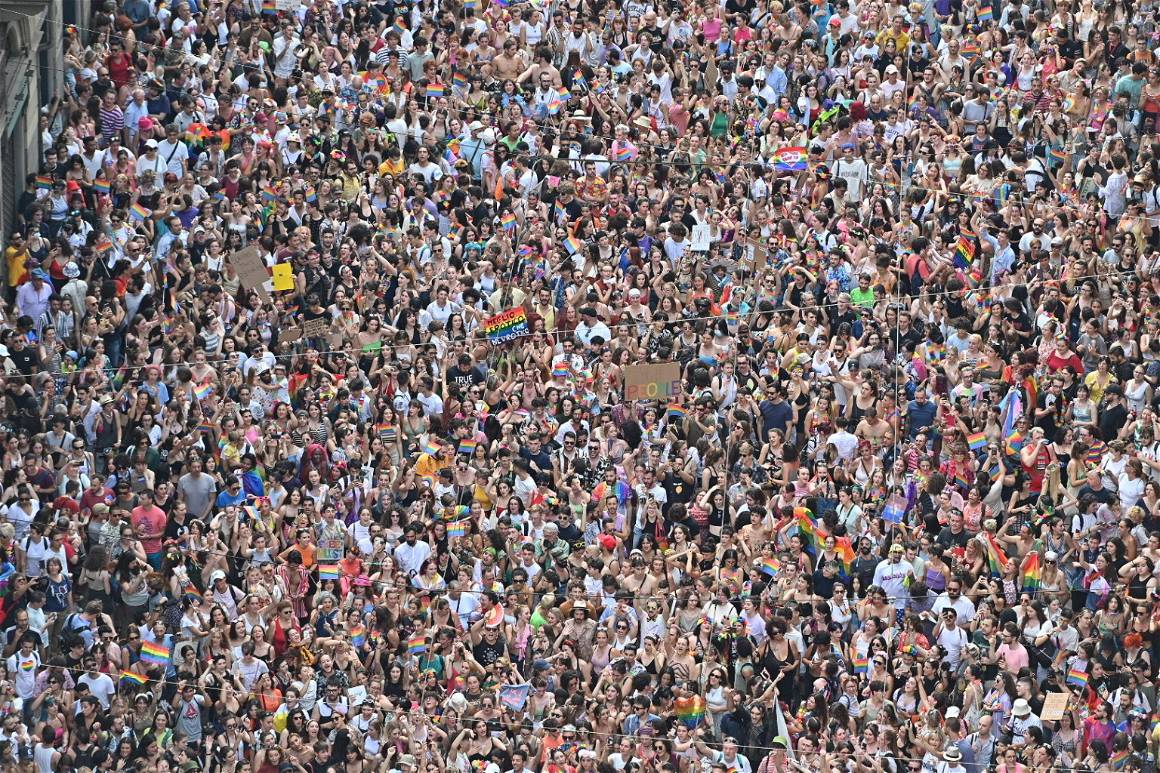Everyone from Brenda Howard, the mother of Pride, to Angelina Jolie, Marlon Brando and even Alexander The Great, are or were bisexual -- the largest demographic in the LGBTQ+ community that has been silently pushed to the sidelines. As Pride Month comes to a close, guest writer Kitty Doherty examines an often-overlooked issue: bi-erasure.
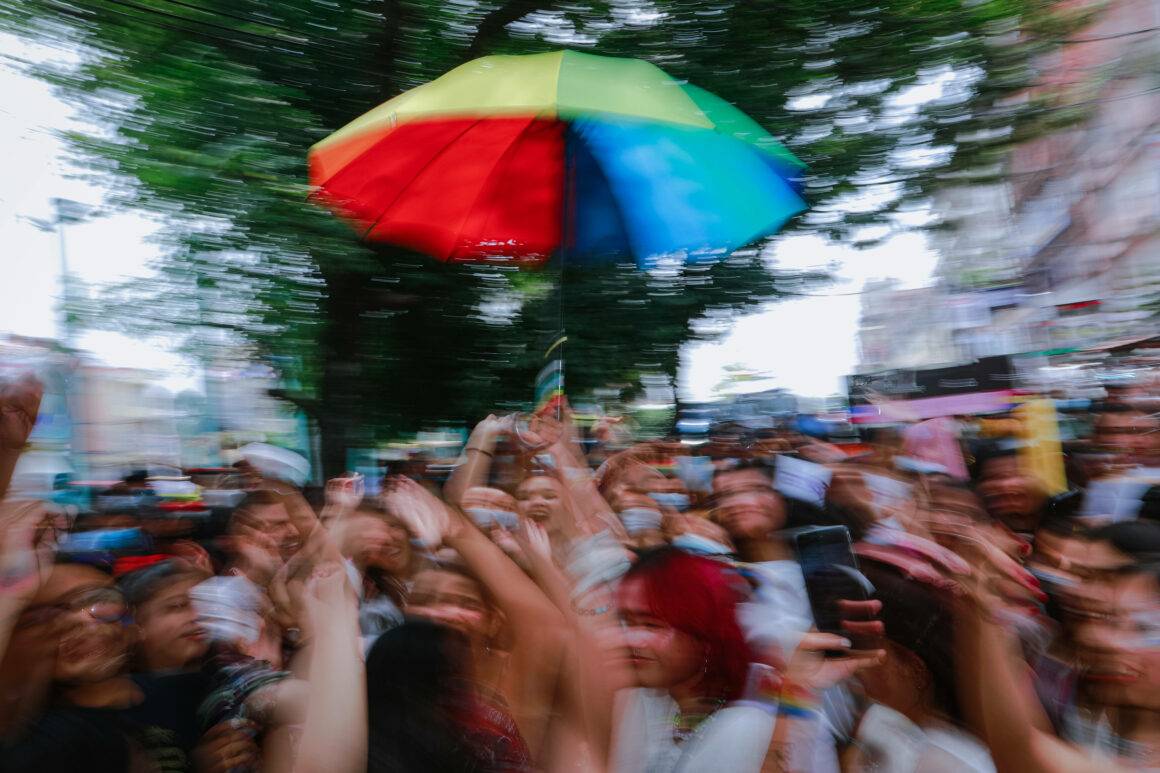
How LGBTQ+ Community’s Largest Demographic Falls Between the Cracks
By Kitty Doherty
It’s no secret that more young people than ever are identifying as LGBTQ+. This year, Jake Daniels became the first male UK footballer to publicly come out as gay since 1990, and a recent UK survey by the Office for National Statistics found that the proportion of people identifying as non-heterosexual has almost doubled in six years. The ONS survey also found that of the 11.4% of females aged 16-24 who identified as lesbian, gay, or bisexual, an overwhelming majority, 7.6%, said they were bisexual.
Likewise, a 2021 US report from Gallup found that 72% of Generation Z adults who identify as LGBTQ+ reported being bisexual. Bisexuals make up the LGBTQ+ community’s largest demographic, so why does bi-erasure prevail?
The term bisexual today is an umbrella one that includes anyone attracted to more than one gender. Bi-erasure is felt not singularly by those identifying as bi but by anyone who is not monosexual, including pansexuals, polysexuals, and other fluid or unlabeled identities. Bisexual activist Robyn Ochs notably said, “I call myself bisexual because I acknowledge that I have in myself the potential to be attracted- romantically and/or sexually- to people of more than one gender, not necessarily at the same time, and not necessarily to the same degree.”
Many people identifying as bisexual experience the repercussions of isolation, misunderstanding, and lacking representation. Jessica N. Fish, a researcher of LGBTQ+ wellbeing at the University of Maryland School of Public Health, stated, “Bisexual folks experience stigma not only from heterosexual communities, but also from — even though they’re named in it — the LGBTQ. community…The stereotypes of confusion, that it’s a phase, that they’re promiscuous, those perpetuate on both sides. That can be really influential on someone’s mental health.”
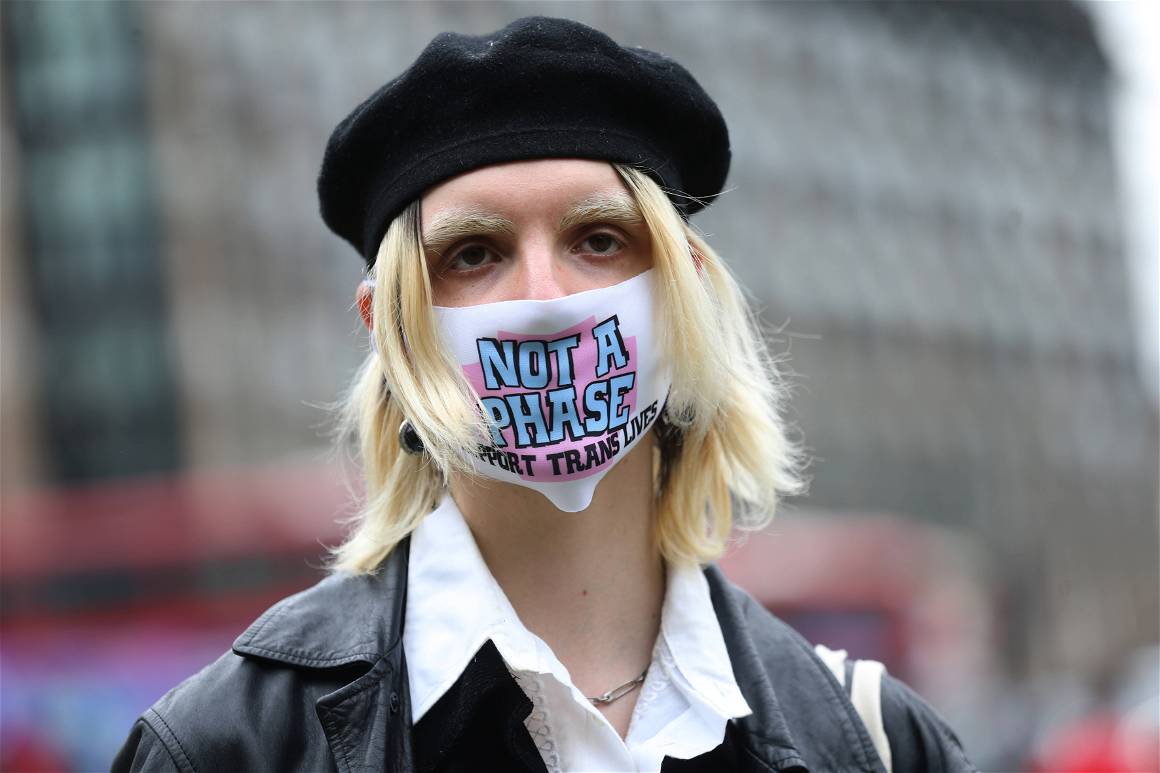
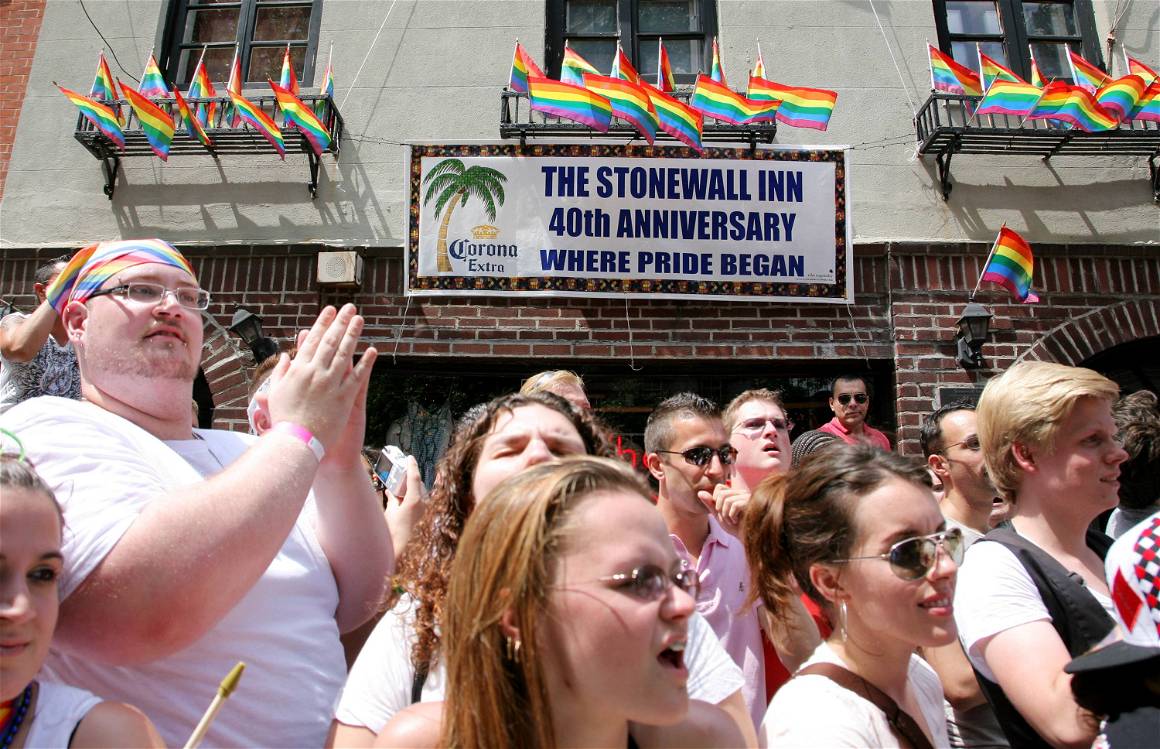
Gigi Raven Wilbur, one of the activists involved in the conception of Celebrate Bisexuality Day in 1999 (September 23rd), stated, “Ever since the Stonewall rebellion, the gay and lesbian community has grown in strength and visibility. The bisexual community also has grown in strength, but in many ways we are still invisible. I too have been conditioned by society to automatically label a couple walking hand in hand as either straight or gay, depending upon the perceived gender of each person.”
The bisexual struggle to overcome dichotomous and reductive thinking from both the left and right has struggled at the gate of mainstream ideology for decades, and the presence, or lack thereof, of bisexual representation during Pride Month reflects this even today. From the 1970s onwards in the UK and US, dominant gay liberal politics fought against a homophobic majority and sought to normalize homosexuality for social and legislative equality by encouraging people to positively identify as gay. While these groups made undeniably positive progress, the erasure of anyone without a monosexual identity went largely unnoticed.
Lani Kaʻahumanu, bisexual writer, activist, and author of “The Bisexual Movement, Are We Visible Yet?”, a piece that was one of the first of its kind in the US, gave a 1993 speech at the Lesbian and Gay March on Washington that was one of the first of its kind to draw attention to bi-erasure in LGBTQ+ spaces. In her now infamous speech she proclaimed, “Our visibility is a sign of revolt. Recognition of bisexual orientation and transgender issues presents a challenge to assumptions not previously explored within the politics of gay liberation.”
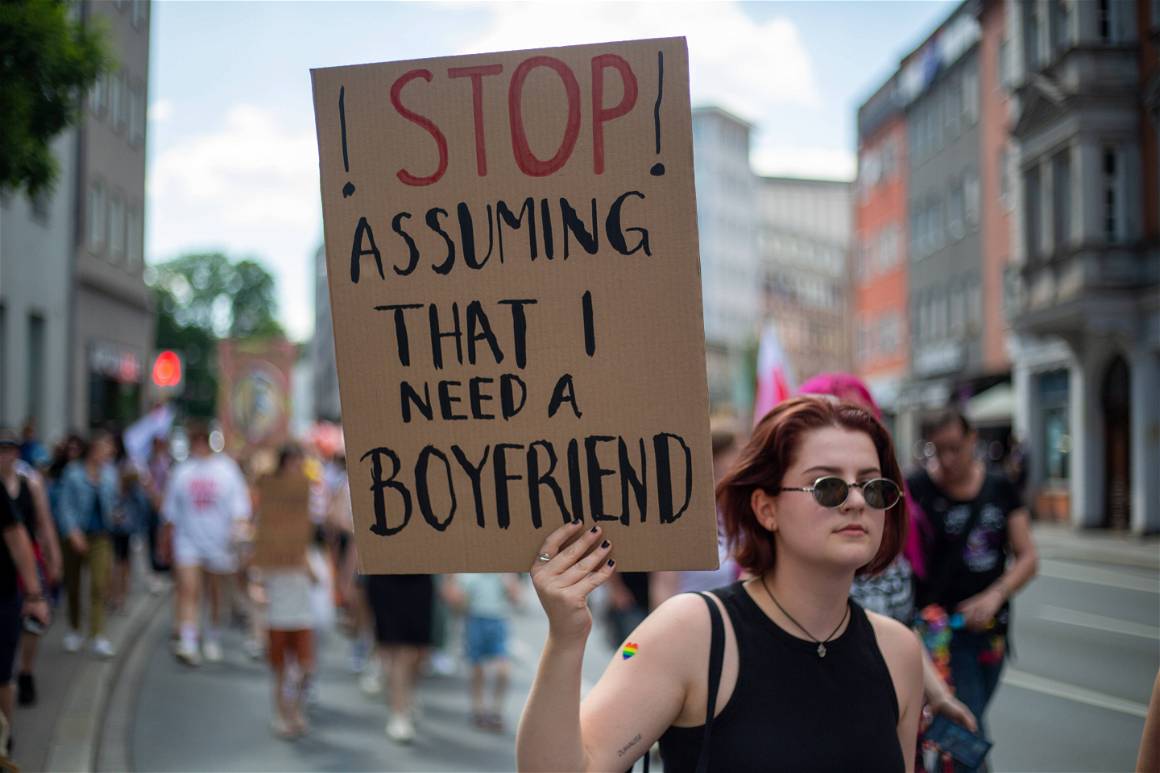
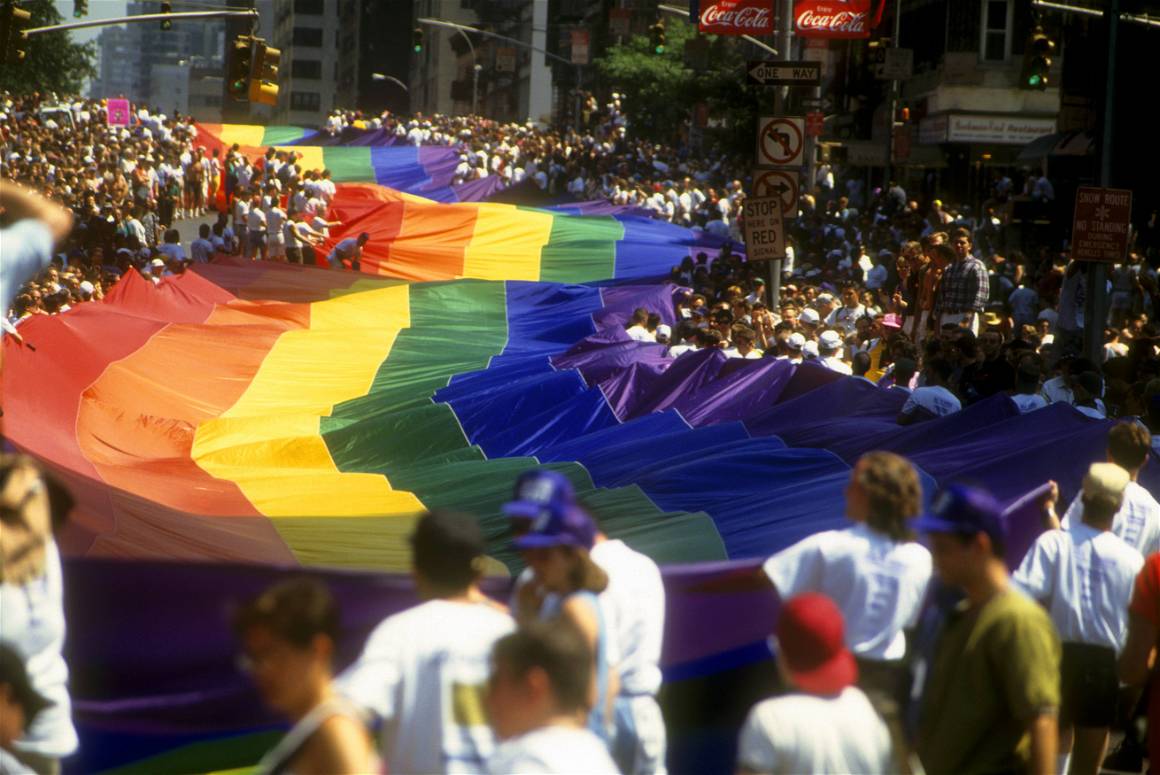
In 2021, the Google News Initiative undertook a project entitled the “LGBTQ+ language and media literacy program,” a dictionary of LGBTQ+ language designed to promote understanding and inclusive terminology. The program omitted the terms “bisexual,” “pansexual,” and “Two-Spirit,” including them only after being publicly challenged on the oversight. This year, THEM, a popular LGBTQ+ digital publication, got called out by readers for posting that “Lesbians Were the Real Winners at Last Nights’ Oscars,” when Kristen Stewart, one of the pictured winners, has shared her bisexuality on multiple occasions.
This mindset is partly to blame for the lack of welcome many bisexual people feel in queer spaces. Brenda Howard, the “mother of Pride” and the woman credited for organizing the first Pride parade on the one-year anniversary of the Stonewall riots, was openly bisexual. Nonetheless, many people envision LGBTQ+ history and experience modern queer spaces as dominated by white, gay, cis-gendered men. Stonewall’s 2020 Bi Report found that bisexuals experience high rates of discrimination within the LGBTQ+ community and that 43% of bi people have never attended an LGBTQ+ space or event, compared to 29% of gay men and lesbians.
The importance of bi visibility has gained necessary attention in the last decade. The White House hosted its first bi-specific event in 2013, BiNet USA declared the days surrounding Celebrate Bisexuality Day as Bisexual+ Awareness Week in 2014, and in 2021, Pennsylvania governor Tom Wolf became the first US governor to issue a statement officially recognizing Celebrate Bisexuality Day.
Nonetheless, this Pride Month, we wonder if enough is being done to support a bisexual community that still endures erasure and we remember the powerful words of well-known bisexual activist Robyn Ochs: “In cultures that attempt to squeeze complex realities into simple binary frames, it’s important to shine light on identities between and outside of the binaries. Every time a bi+ person makes their bi, pan, or queer identity known, they are pushing through binary walls, creating space and making it possible for themselves and for others to exist.”
